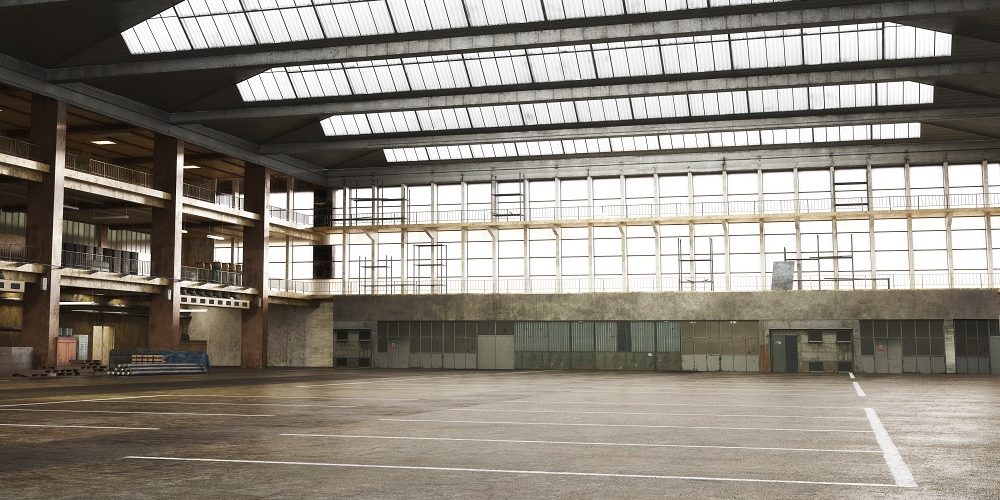Will Soaring Demand of Chicago-Area Industrial Property Keep up With Market Supply?
- admin
- January 4, 2023

The Chicago-area industrial property vacancy rate increased to 6.85 in the third quarter, from 6.69 in the second quarter and from 6.75 percent a year earlier. According to market data, this is the second quarterly rise in a row as developers built more space than the market could absorb.
Many developers are starting construction before securing a pipeline of tenants, oftentimes building spaces with a million square feet or more, such is the case in the far southwest suburbs, mainly along Interstate 80. This has left industry professionals wondering if there will be enough leasing velocity to absorb new industrial construction.
“While the industrial market continues to be brisk, there are many new properties that have remained vacant, longer than in the recent past,” says Bespoke Principal, Bill Lussow. “In conjunction, with over 4.5 million square feet under construction to be delivered by the end of second quarter of 2018, next year will prove to be a critical year for the Chicago industrial market.”
Market data also shows that 67 percent of all industrial space under construction in Chicago are spec developments. Because of the rebounding economy and the rise of e-commerce, local industrial landlords have experienced favorable terms for several years, but a big surge in the supply of space will test the market.
At 6.59 percent in the first quarter, the Chicago-area industrial vacancy rate was at its lowest level in 16 years, as demand surged for warehouse buildings. Net absorption—or the change in the amount of leased space versus the prior period—totaled 13.5 million square feet in the metro area in the first nine months of the year—a primary measure of demand.
“Bespoke clients have been challenged by the lack of available product on the marketplace, particularly in the sub 50,000-square-foot owner/user sector,” says Lussow. “Much of the existing product that has been on the market for some time has experienced significant deferred maintenance or physical building obsolescence. There is a high demand for owner-occupied facilities, and because of this, desirable spaces that become available have a short shelf life.”
How does all of this affect rental rates for tenants in an increasingly crowded market? Market data shows the average asking rent is $4.71 per square foot in the quarter, compared with $4.72 for all of 2016. There has been an urge to cut rent prices along the I-80 corridor where most of the new development is concentrated.
“We have seen a steady flow of users migrating out of Cook County, seeking the lower real estate tax rate and increasing the demand out of Cook,” explains Lussow. “Like any competitive market place, pricing is affected when demand slows. With the current supply, in addition to new constriction, pricing will likely be marginally affected as developers compete for a limited supply of tenants.”
To receive future market updates and industry trends, follow us on Facebook, Twitter and LinkedIn.
Bespoke analyzes real estate transactions and markets to comprehensively study “supply and demand” to ensure numerous opportunities and favorable terms for our clients. By creating a competitive bidding process, we place clients in an advantageous position specific to their desired needs; and by making decisions together, we ensure optimal outcomes not only for today, but also for the future.
